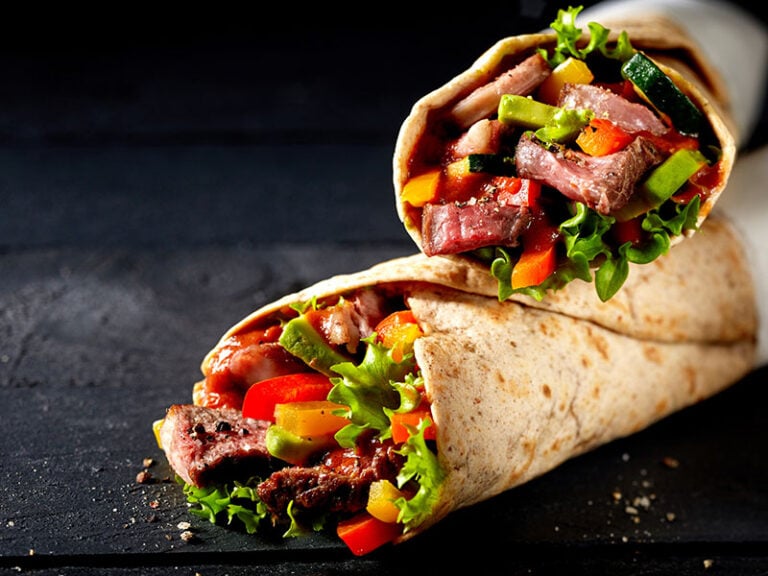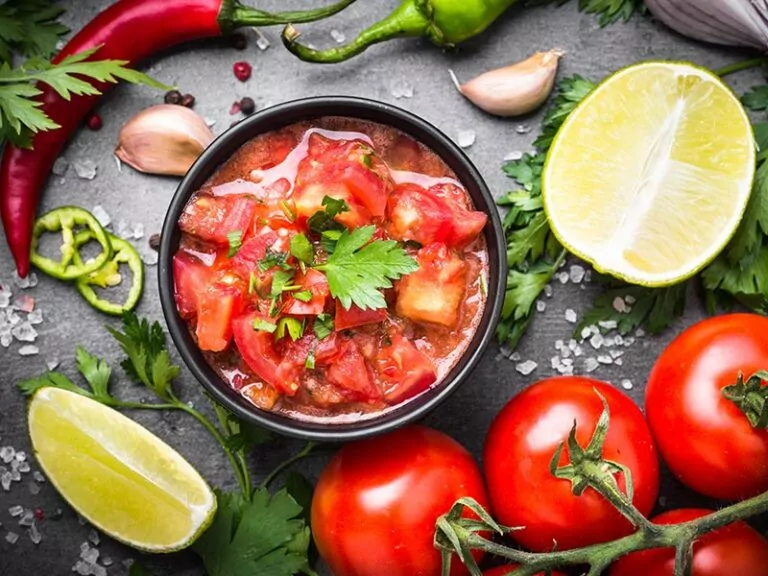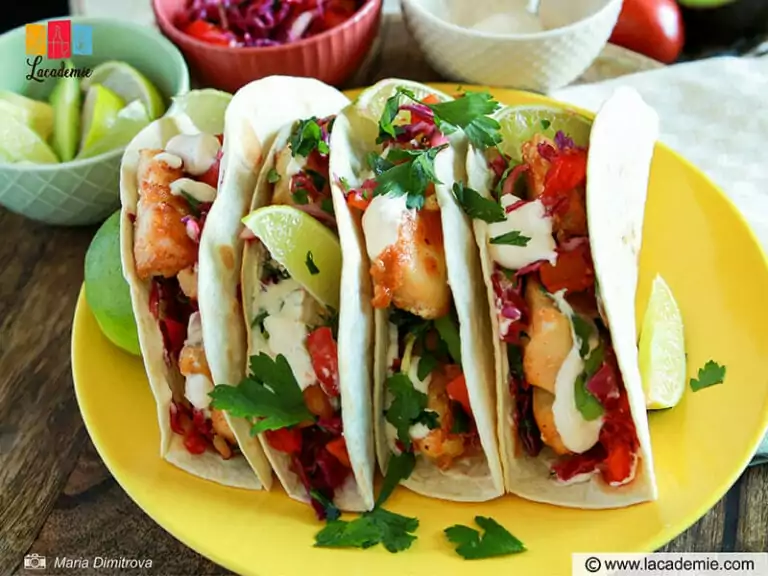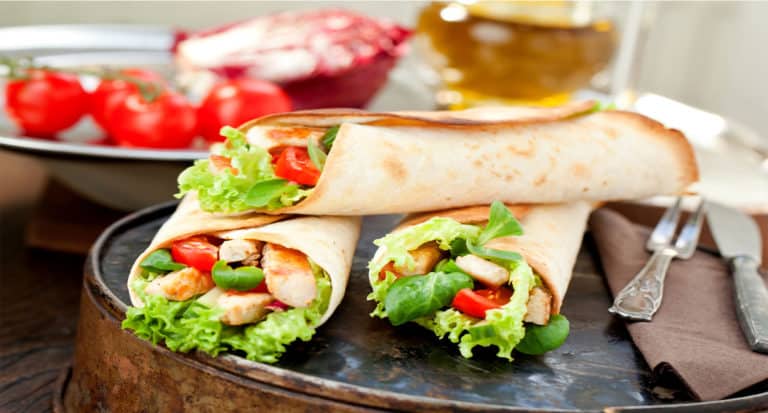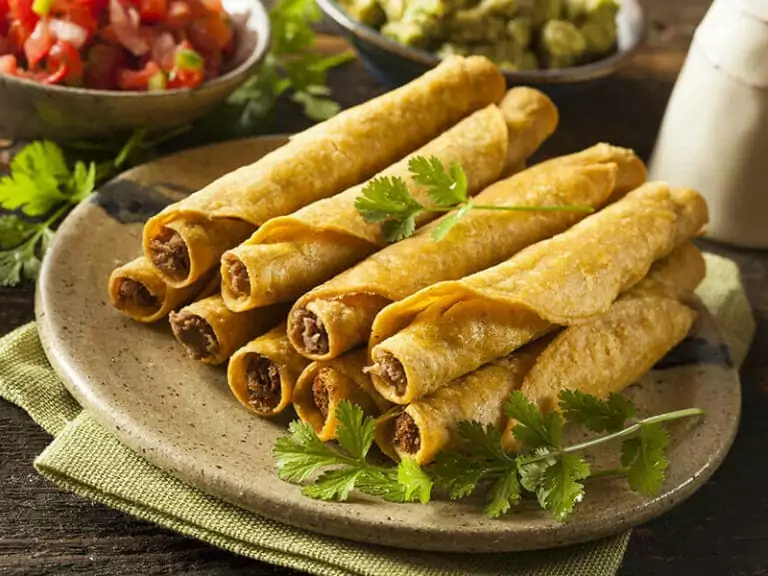How to cook Mexican Longaniza? So spicy, meaty, and sweet, but why does it burn so easily? What to do with frozen Longaniza and fresh Longaniza?
Whether as a part of tapas or in a sandwich, Mexican Longaniza is always a treat to people of all professions. But how to get to that heavenly bite bursting with fat and meat juice? Is there a way to avoid burning the delicious sausage?
Today, I will show you the ways to cook Mexican Longaniza to perfection. With these easy tips to prepare the Mexican sausage, your Longaniza won’t ever burn again!
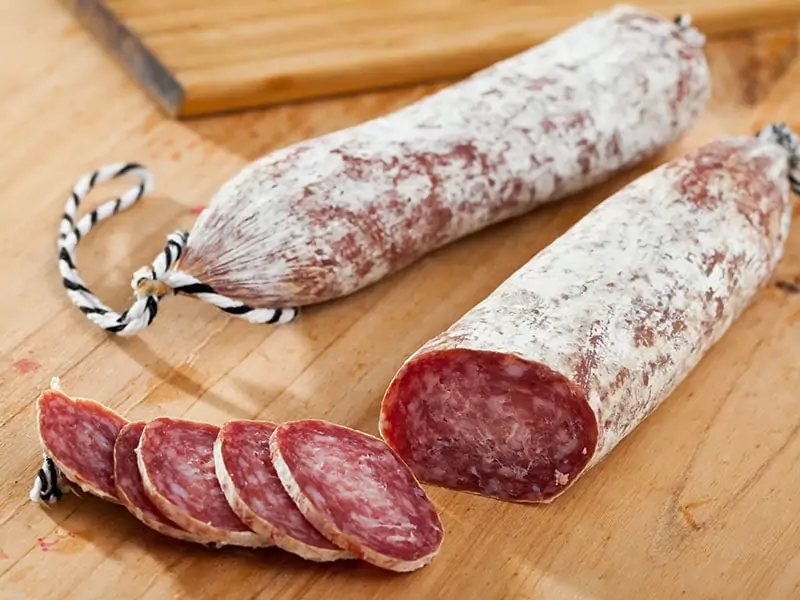
Some Facts About Longaniza And The Mexican Variety
Longaniza is a type of sausage punctuated with a variety of spices, which include garlic as one of the most popular choices, in addition to black pepper, oregano, allspice, and other spices. So far, it has hundreds of varieties, each having different characteristics regarding taste.
In the modern-day, the Mexican version of Longaniza is the most popular variety of Longaniza in the North American market.
In the original Spanish Longaniza, the sausage is traditionally seasoned with black pepper and wine. In contrast, Longaniza con Huevos is usually seasoned with dry red pepper and annatto seed, which create the signature sweet yet spicy taste of Mexican Longaniza.
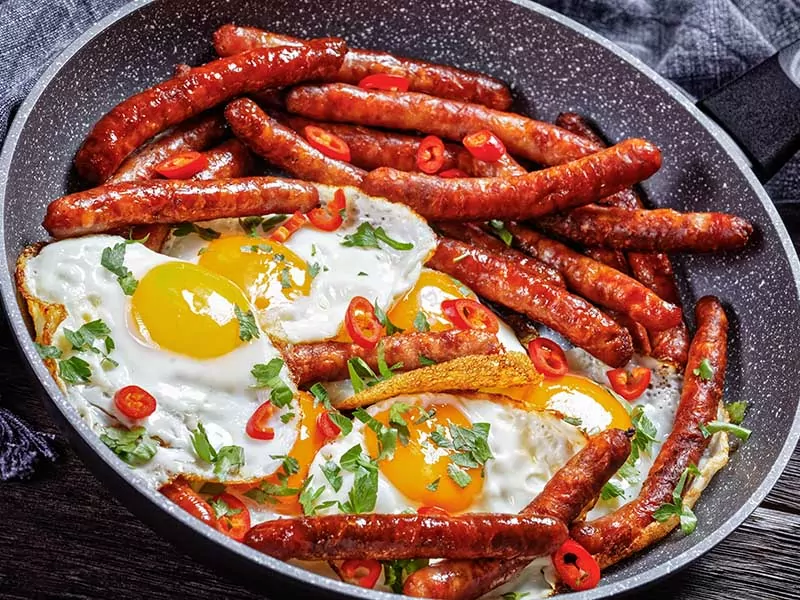
In addition to dry red pepper and annatto, the spices used in Mexican Longaniza also vary depending on the cook and the region. Here is a table summarizing the differences in spices used between the different types of Longaniza:
A Brief Guide To Buying Longaniza
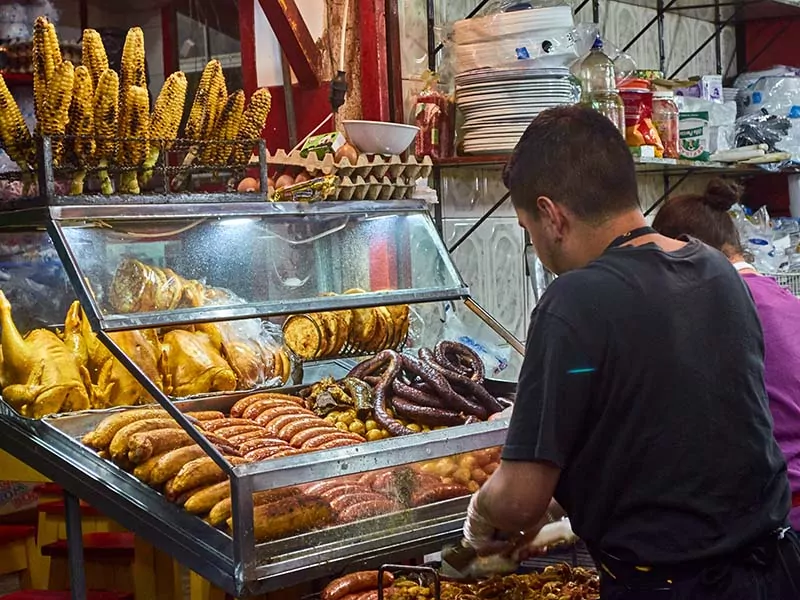
You can buy Mexican Longaniza at any Latin grocery store near you, at major retailers like Walmart, or by ordering at reputable online stores.
There are 2 forms of Mexican Longaniza that you can buy: frozen or fresh. Both forms of Longaniza will have their own preferred cooking methods.
Some brands will carry Longaniza that has been fully cooked by the curing and the smoking process, while others will specifically state that their Longaniza will need to be further cooked before the sausage can be eaten.
Check the labels to see if your Longaniza needs to be cooked or not.
A Comprehensive Guide To Cook Frozen Mexican Longaniza
There are 3 ways to cook frozen Longaniza: sauté, air-fry, and roast. It’s not recommended that you let the Longaniza thaw naturally at room temperature because like any other meat, slowly thawing Longaniza is a health risk for food poisoning.
Method 1: The Sauté Method.
Even though the sauté method takes more time and is less convenient than the microwave method, sautéing will allow the sugar in the sausage to caramelize, bringing an entirely new taste profile for the Longaniza (1).
Step 1: Heat Up Water
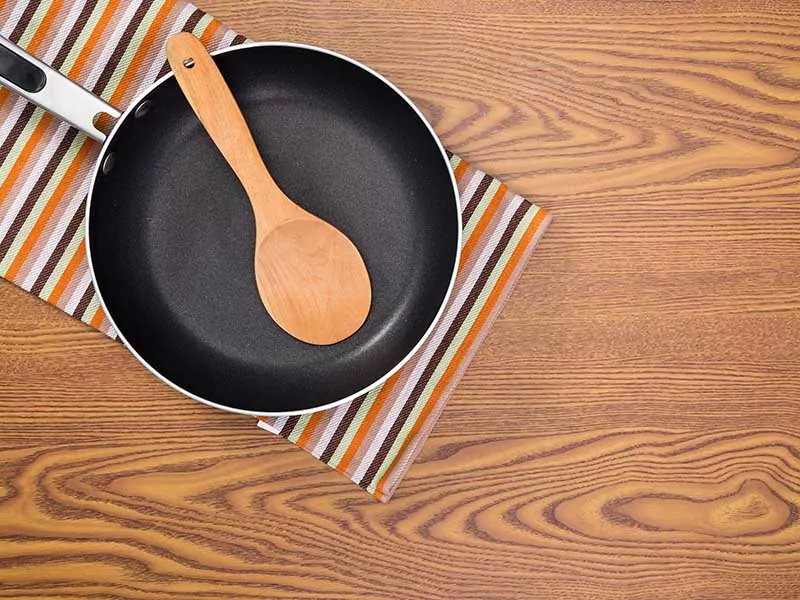
Fill in a non-stick skillet until the water level is roughly the width of the sausage. Heat it until the water is boiling.
Step 2: Take Out The Food Wrappers
The gelatin-casing can be eaten, but the plastic food wrappers need to be taken out before you can cook the frozen Longaniza.
Step 3 (Optional): Thaw The Longaniza And Cut Out Your Portions
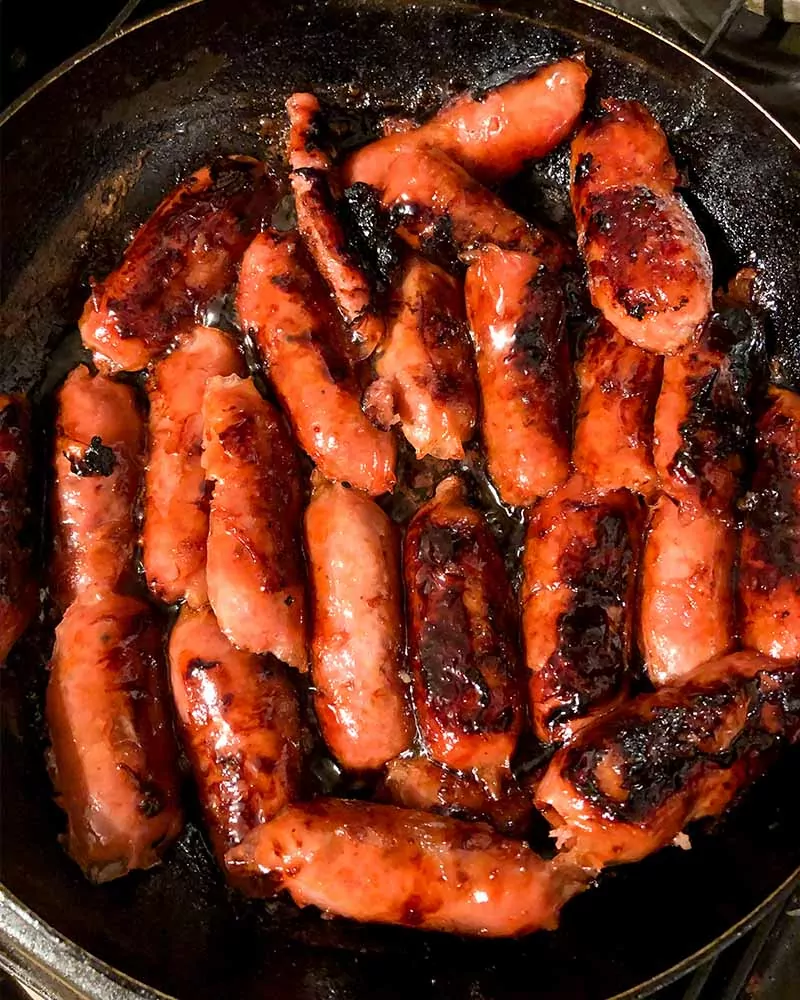
Remember to thaw your Longaniza in the fridge the night before you need to cook it.
If you forgot to thaw the night before, just place your Longaniza in a microwave-safe bowl, cover the bowl with food wrapping, and microwave the sausage for around 1 minute. When the sausage has softened, cut out your portions and store the rest back into the fridge.
If you don’t need to divide your Longaniza into smaller portions, feel free to skip this step! The boiling process will thaw the Longaniza anyway. You will only need to thaw the sausage before boiling if you need to cut out the Longaniza into smaller portions.
Step 4: Boil The Longaniza
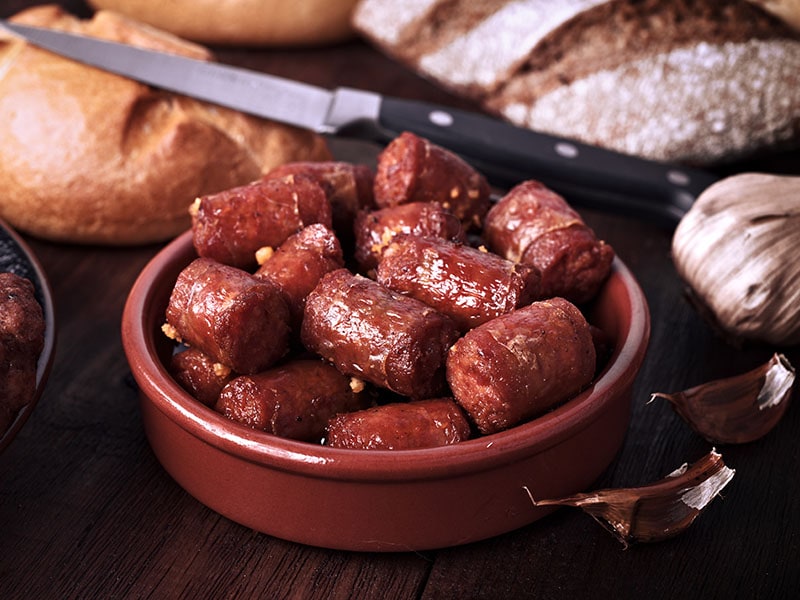
Once the water is boiling, carefully drop in your Longaniza. Beware of splatter! Boil the sausage at medium-high heat for around 20 minutes or until the water simmer. Fat and juice in the Longaniza will be squeezed out to create a red sauce at the bottom of the skillet.
Step 5: Simmer And Sauté The Longaniza Until Caramelization
When the water has evaporated, reduce the heat to low heat immediately. Then stir the Longaniza around to let it cook in its own fat and avoid burning. Continue sautéing the sausage in its own fat until the Longaniza is golden brown (around 8 minutes more).
The sautéing process will caramelize the sugar in the Longaniza, adding a depth of flavor to the sausage. However, if you’re not careful during the simmering process and keep the heat too high, you might accidentally burn the Longaniza.
Find how to sauté frozen Longaniza like a pro with this in-depth guide.
Pros:
- Delicious caramelized crust
- The sauté Longaniza can’t be further grilled, smoked, or fried. The sugar has already caramelized and will burn if further cooked
Cons:
- Easy to burn during the sautéing process
- Takes longer cooking time than the microwave and the air-fry methods
Method 2: The Air-Fry Method
Air-frying is another easy and pain-free way to cook your frozen Longaniza. The result will be incredibly delicious, rest assured.
Step 1: Take Out The Plastic Food Wrapper
Take your frozen Longaniza out of the freezer, discard the plastic food wrapper, and drop your sausage into the air-fryer.
Step 2: Air-Fry The Longaniza
Set the air-fryer to the air-crisp setting, 390 degrees, in 15 minutes.
And that’s it, after just 15 minutes, your Longaniza is now ready to eat.
Learn how to air-fry Longaniza in 15 minutes with no fuss.
Pros:
- Very easy and convenient
- Takes shorter time than the sauté method
Cons:
- No caramelization in the Longaniza
- Takes longer than the microwave method
Method 3: The Roast Method
With the roasting method, you can both save time and have a bit of a caramel taste from your Longaniza.
Step 1: Take Out The Plastic Food Wrappers.
Regardless of the method you use, remember to always take out the plastic bits before cooking your Longaniza.
Step 2: Preheat The Oven
Preheat the oven to around 350-375 degrees and place your Longaniza in an oven-safe shallow dish.
Step 3: Roast The Longaniza
Roast your Longaniza at 350 degrees for around 20-30 minutes or until the sausage is fully cooked. To know whether it is, you can either use a thermometer or feel it with your finger.
Pro-tip: If you add in some eggs, cheese, and sun-dried tomatoes along with the Longaniza, you’ll get a delicious dish of frittata.
Learn how to roast your frozen Longaniza and make a frittata.
Pros:
- Easy and convenient
- Have the best taste of both worlds: the caramelization and the slightly smoky flavor
Cons:
- None!
The time it takes to cook frozen Longaniza depends on the method you choose. Here is a table summarizing the 3 methods for you to choose from:
How To Cook Fresh Mexican Longaniza
For fresh Mexican Longaniza, it depends on the brand as to whether you need to cook it further or not.
Some brands carry pre-cooked Longaniza, others will specifically label that you need to further cook the Longaniza before you can eat the sausage. Check the package label to be sure if you need to cook your Longaniza or not.
For the Longaniza that needs to be further cooked, there are 4 ways you can cook your fresh Mexican Longaniza: Microwave, Sauté, Grill, and Roast.
Method 1: The Microwave Method
The easiest way to cook Mexican Longaniza is to use a microwave.
Step 1: Take Out The Food Wrappers And Cut Out Your Portions
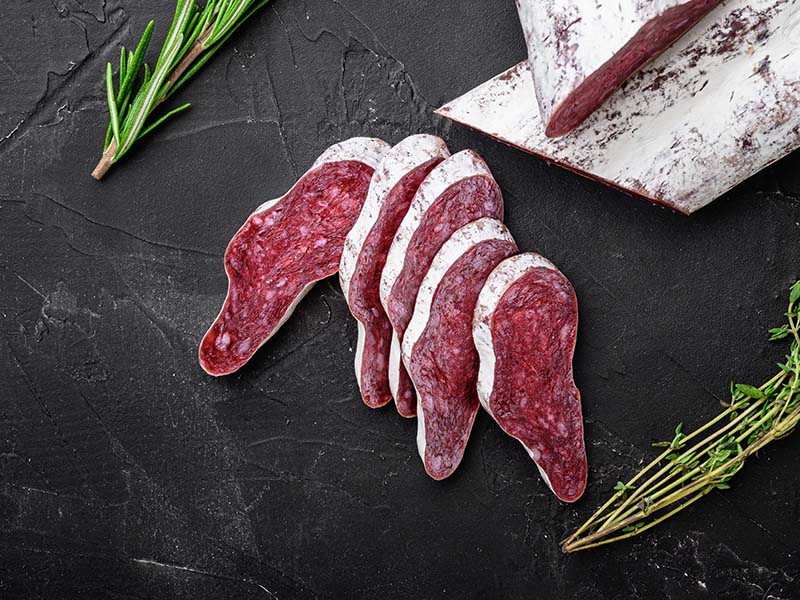
For the first step, take out all the food wrappers around your Longaniza. The gelatin-casing can be eaten, so you don’t need to take it out, but all the plastic bits need to be taken out.
Then, cut the Longaniza up into smaller portions. If you can’t finish the entire link, you can cut out your portion and return the rest of it to the fridge.
For the portion you are using immediately, you can chop it further into smaller pieces for ease of cooking.
Step 2: Wrap The Longaniza In A Paper Towel
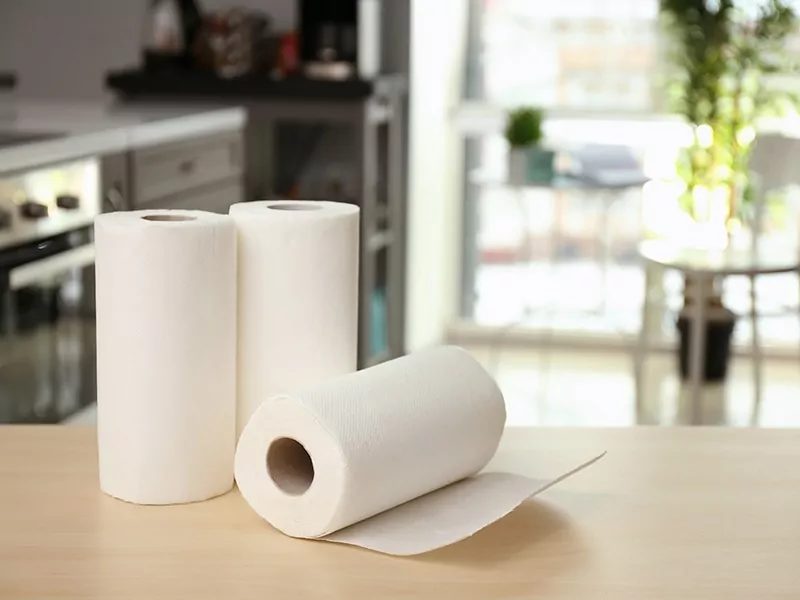
For the second step, you need to wrap your Longaniza in a paper towel. The paper towel will help absorb the excess water condensing on the surface of the Longaniza during the thawing process.
Without the paper towel, the oozing fat of the Longaniza will get heated while in contact with the water condensation on the surface, leading to splatter. And you don’t want splatter all over your microwave.
Step 3: Place The Longaniza In A Microwave-Safe Bowl
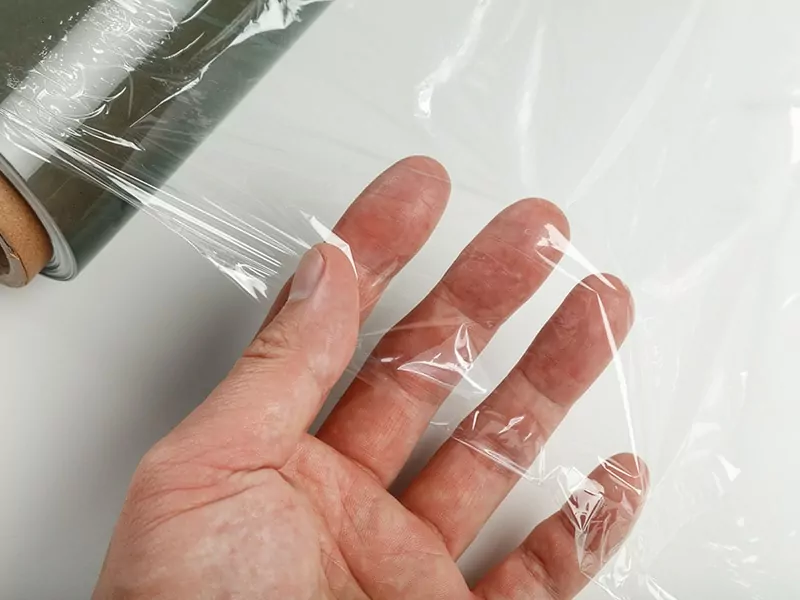
For the third step, you can place your Longaniza in a microwave-safe bowl and cover the bowl with food wrapping. This food wrapping will 100% prevent any accidental splatter from decorating the inside of your microwave.
Step 4: Microwave For 1 More Minute
Microwave your Longaniza for 1 more minute at medium temperature.
Step 5: Wrap Up Your Longaniza
Take your portion of Longaniza and cover it with a paper towel. Place the portion back to the microwave-safe bowl used in step 2 and cover the bowl again with food wrapping.
Step 6: Microwave For 1 More Minute
Microwave the Longaniza for 1 more minute at medium temperature. Then, take out and stir around the pieces to evenly distribute the heat across all pieces.
Step 7: Microwave For 1 More Minute Or Until Fully Cooked
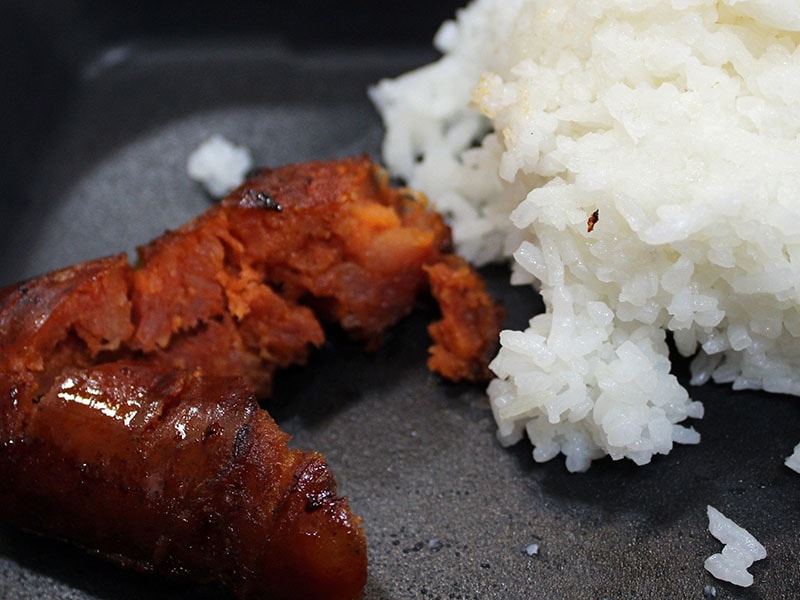
Cover the Longaniza pieces with a paper towel again. Place the portion back into the bowl and cover the bowl with food wrapping. You should microwave the Longaniza pieces for 1 more minute or until the Longaniza is fully cooked.
In total, you need to microwave the Longaniza for around 3-5 minutes at medium setting. After every minute, you need to take out the Longaniza and stir it around to distribute the heat evenly. Repeat the process until the entire Longaniza has been fully cooked.
Pros:
- Easy and convenient.
- Takes less time than the sauté method, grilling method, and roast method.
- You can cut out your portion if you can’t finish the entire Longaniza link.
- The microwaved Longaniza can further be grilled, smoked, or fried for additional flavor.
Cons:
- No caramelizing the sugar in Longaniza.
Method 2: The Sauté Method
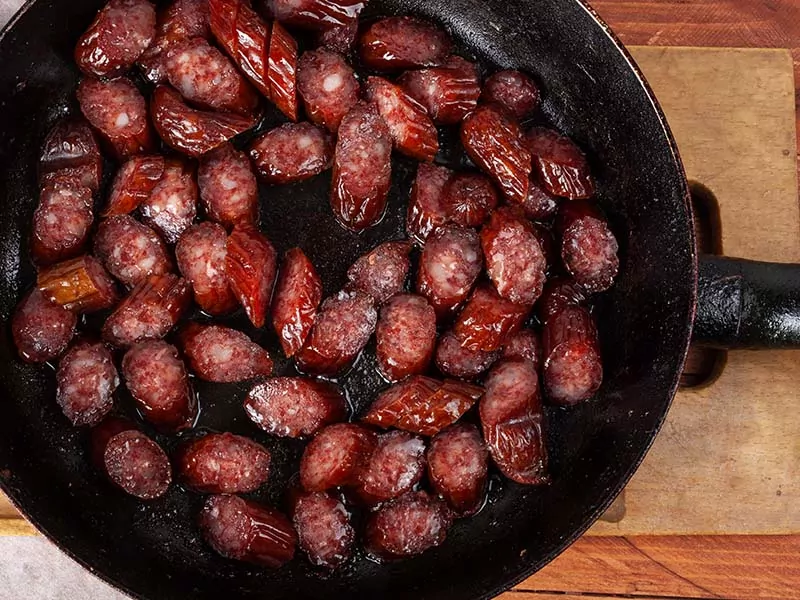
Sauté is a method of quick frying that uses little oil. Because of the high-fat content of the Longaniza, sauté is the ideal method to cook Fresh Mexican Longaniza.
Step 1: Heat Up Water
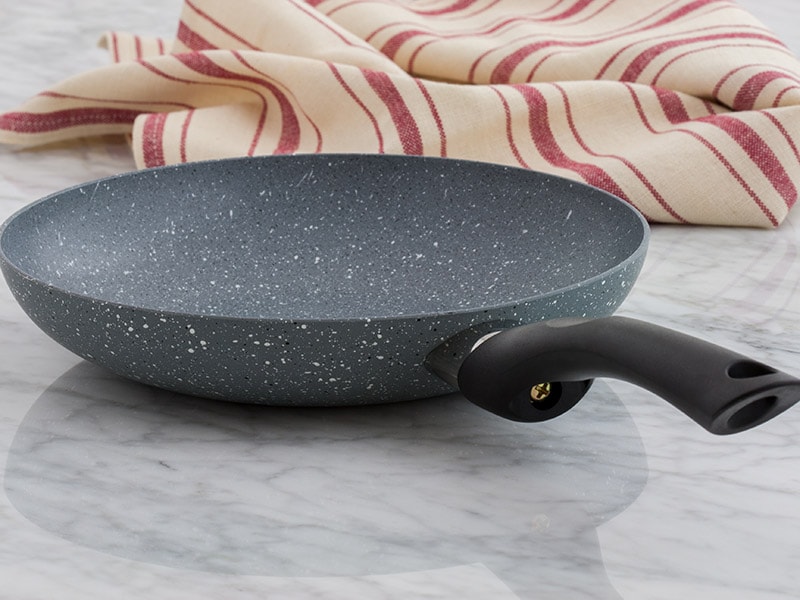
Take out a nonstick skillet, fill in water until the water level is roughly at the width of the sausage. Heat up the water until boiling.
Step 2: Take Out The Food Wrappers And Cut Out Your Portion
Like frozen Longaniza, you can eat the gelatin-casing, but you can’t eat the plastic parts. Remember to take it out before cooking the Longaniza. Then, cut out the portion you’re going to use and put the rest back into the fridge.
Step 3: Boil The Longaniza
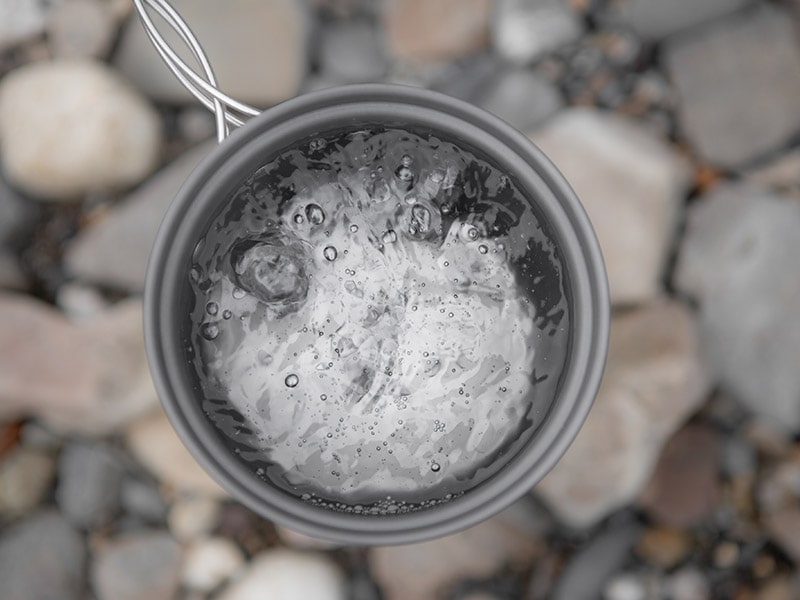
When the water is boiling, carefully drop your Longaniza into the water. Be careful to avoid splatter. The Longaniza should be boiled at medium-high heat until the water has largely evaporated, or around 20 minutes.
Step 4: Simmer And Sauté The Longaniza Until Caramelization
Once the water has largely evaporated, reduce immediately to low heat and continue sautéing the sausage in its own fat. Stir the Longaniza continuously to avoid burning.
During this step, you might add some butter or garlic to caramelize the butter and garlic, too. The addition of caramelized butter and garlic will add more flavors to your sausage.
Stop the heat when there’s a thin crust of golden brown caramel around your Longaniza. If you don’t take care to reduce the heat immediately or if you don’t stir the sausage continuously, the Longaniza will easily burn.
Learn how to sauté Longaniza and other variants of the sausage around the world.
Pros:
- The added depth of caramelized sugar to the flavor profile
- Additional flavors can be added, like butter and garlic
- Needs fewer preparations than the grill method
Cons:
- Easy to burn during the sautéing process
- Takes a longer time to cook than the grill method and the roast method
Method 3: The Grill Method
Another method to cook Mexican Longaniza is to grill it. By grilling it, you can add the smoky flavor of your choice to your Longaniza, creating an entirely new flavor profile to your dish (2).
Option 1: The Basic Approach
In the first approach, you will grill your Longaniza as per normal. This approach is simple, ideal for most beginners.
Step 1: Tie Up Your Longaniza
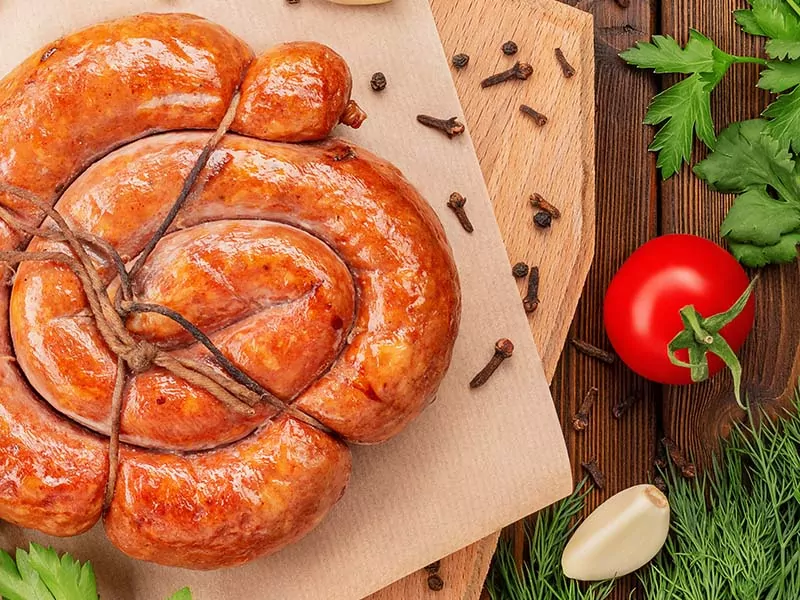
For ease of grilling, you should tie up your Longaniza beforehand with butcher’s string to secure the sausage. During grilling, you can use a spatula for turning.
Avoid damaging the gelatin-casing with skewers. Damaging the gelatin skin will make the fat ooze outside the sausage faster than it should have done. The loss of too much fat can make your Longaniza drier than it should have been.
Step 2: Preheat Your Grill
Before indirect cooking, Longaniza will need approximately 10 minutes to rest. As the grill reaches 325-350 degrees F, everything is ready.
Step 3: Grill The Longaniza
Transfer your Longaniza to the grill, brush it with vegetable oil and start grilling. You will want to flip sides every 3 minutes. After 15 minutes, delicious Longaniza is ready to serve.
Option 2: The 3-Zone Fire Approach
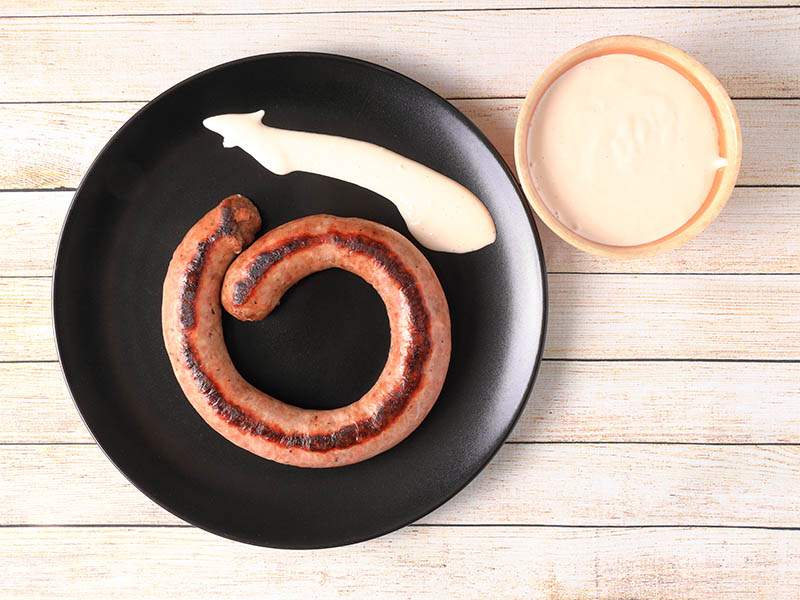
The issue with the previous approach is that Longaniza can burn easily, spoiling the fun for your family’s BBQ party. Luckily, the 3-zone fire technique is here to save the day!
Step 1: Tie Up Your Longaniza
Similar to the last approach, you will tie up your Longaniza to make the process easier. Don’t forget that skewers are not recommended.
Step 2: Preheat Your Grill To Around 400 Degrees.
If you have a charcoal grill, light up the coal, wait until the coal has turned red, and then rake the coal into 3 zones: a hot zone for searing, a medium zone for grilling, and a safe zone without coal. Now, you can place a foil drip pan in the medium zone and preheat your grill to 400 degrees.
If you have a gas grill, you can light up the 3 burners and divide the grill into 3 zones: a hot zone with high heat, a medium zone for grilling, and a safe zone without heat. Then, wait until the temperature reaches around 400 degrees.
Wood chips can also be added to get your favorite smoky flavor profile.
This is how to set up your grill for most grilled dishes, including Longaniza.
Step 3: Grill The Longaniza Till Golden Brown
Brush your Longaniza with some oil and place your Longaniza on the foil drip pan or medium heat burner.
Occasionally flip the sausage until a golden-brown crust is formed and the Longaniza is fully cooked through. Move the sausage to the hot zone or the safe zone when necessary. Be aware that Longaniza contains high sugar content and might get burned easily.
Learn how to grill every type of sausage, including Longaniza, for your next BBQ party.
An advantage of this grilling method is that during the grilling process, a bit of the fat will drip down to the fire and release the phenolic compounds that are responsible for the smoky flavor.
With additional wood chips, you can adjust the smoky flavor profile to your taste easily.
Pros:
- Delicious adjustable smoky flavors to your Longaniza
- Most of the juice is locked inside the sausage, resulting in a super juicy and smoky sausage
- Takes less time to cook than the sauté method
Cons:
- Easily burned.
- Must be cooked as a whole link and cannot be divided into smaller portions
- Needs more preparation than the sauté and the roast method
Method 4: The Roast Method
The roasting steps are the same for both frozen and fresh Longaniza. The only difference is that your fresh Longaniza will take less time to cook than frozen Longaniza, only around 15-20 minutes.
Pros:
- Easy and convenient.
- Have the best taste of both worlds: the caramelization and the convenience.
Cons:
- None!
Depending on the method you choose to cook your fresh Longaniza, the cooking time will differ between the 4 methods. Each method will have its pros and cons.
How To Serve Longaniza For A Filling Meal
Now that you have finished cooking your Longaniza, here is a selection of popular dishes that you can eat with Longaniza.
1. Tapas
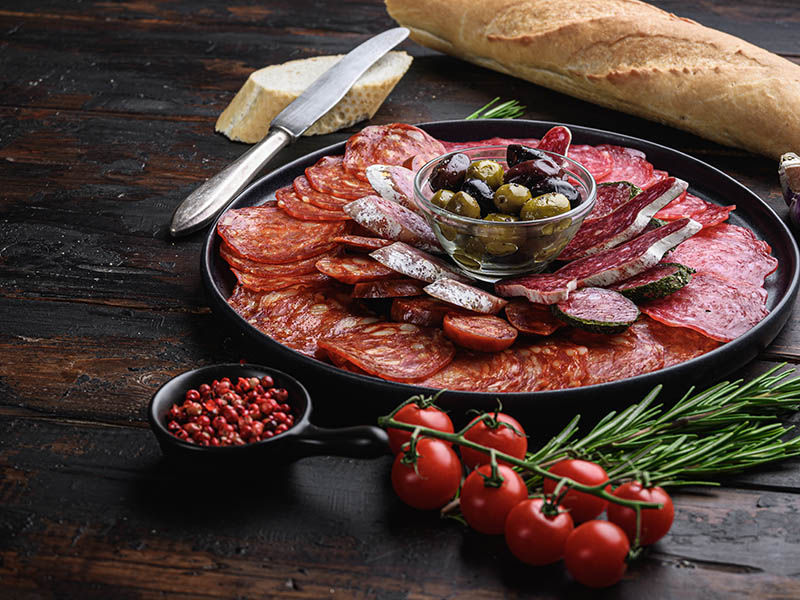
The traditional way to eat Longaniza is as a part of tapas. Tapas in Spanish means appetizer, or snack, the Spanish equivalent of charcuterie board and antipasto. In a traditional tapas platter, you can eat your Longaniza alongside cheese, stuffed olive, and other cold meat.
2. Rice
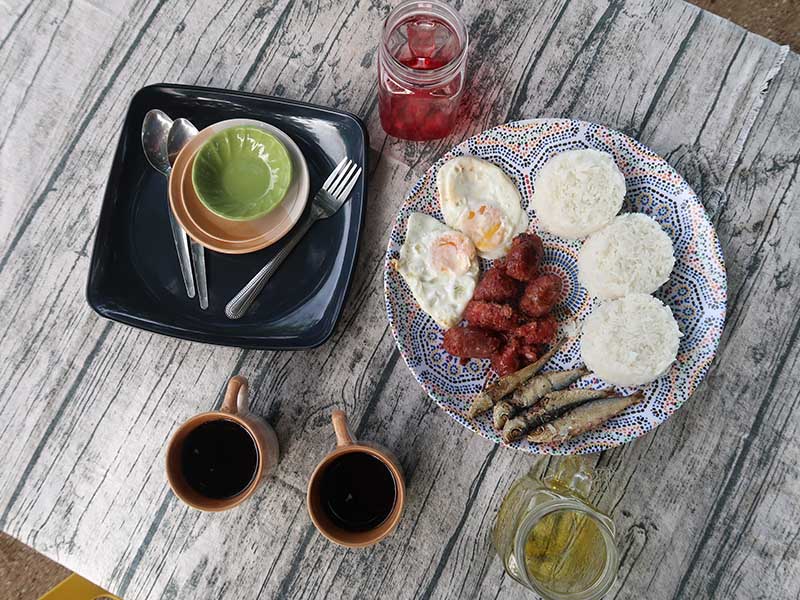
In the Philippines, another way to eat Longaniza is white rice or sticky rice. It might sound odd, but with a fried egg, the Longaniza becomes a perfect side dish for a full and nutritious meal.
3. Kimchi Sandwich
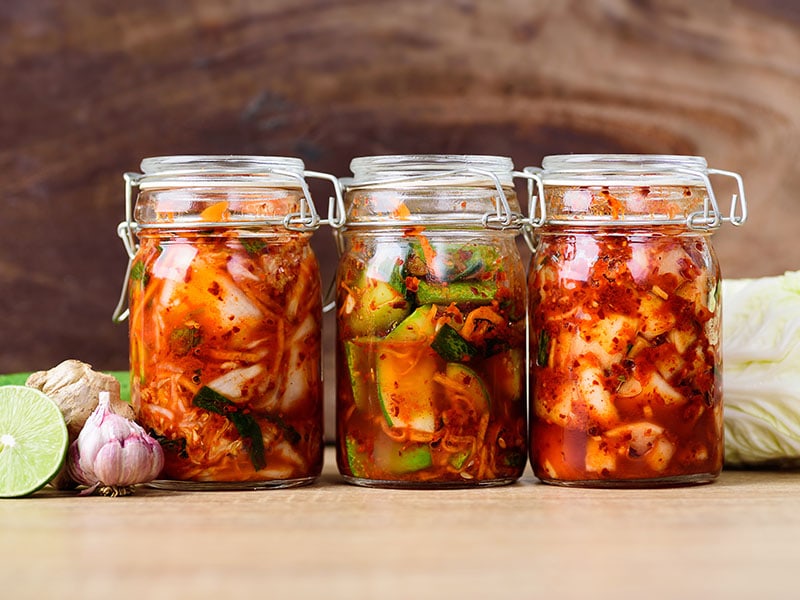
Strangely enough, despite their geographical distance, the rich taste of Longaniza goes surprisingly well with the sour and spicy kimchi. Next time when you make a sandwich, try Longaniza with kimchi and pâté for a fusion experiment between the East and West.
Are Chorizo And Longaniza The Same?
Both Chorizo and Longaniza are originally Spanish sausages, made by stuffing meat into pigs’ intestinal lining. Both types of sausages are then cured or smoked to be stored for a long period of time. However, they are not the same and are made of different ingredients.
While Chorizo is made exclusively out of pork, Longaniza is traditionally made out of a much wider variety of meat such as pork, beef, a mix of pork and beef, and even chicken and tuna in the Filipino Longanisa.
Another difference is that while Chorizo is made out of finely ground meat, Longaniza is made out of minced meat.
The differences in meat choice mean that Longaniza offers a meatier mouthfeel than Chorizo, while Chorizo reminds you more of the classic sausage. Ultimately, both are delicious and fine examples of Latin cuisines, and they can substitute for each other in some recipes.
In Mexico and North America, another distinction between Longaniza and Chorizo is that Chorizo is shaped into short links of a long chain. In contrast, Longaniza is shaped into long links like the classic sausage.
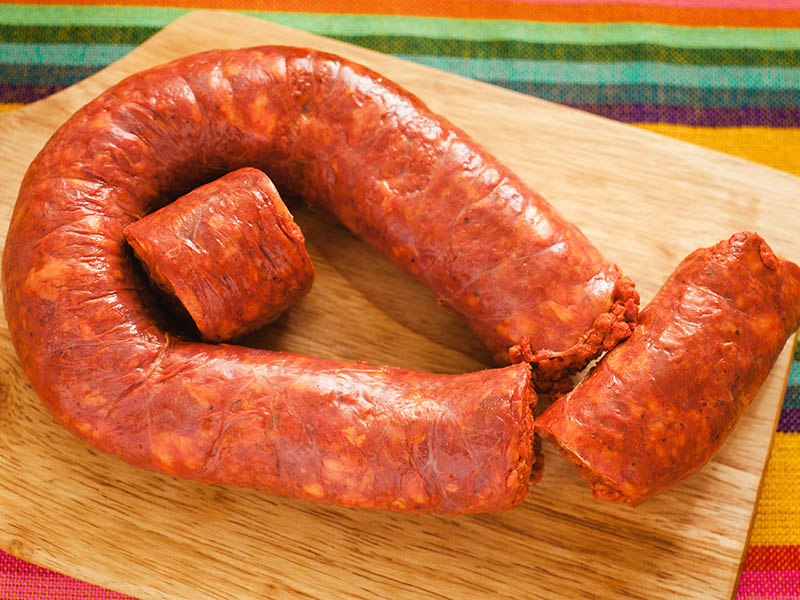
Here is a table summarizing the differences between Longaniza and Chorizo:
Modern brands of Longaniza and Chorizo both tend to replace the traditional casing of intestinal lining with gelatin-casing for ease of storage, so rest assured if you’re squeamish about the intestinal lining casing.
FAQs
Now that you have known the basic steps, cooking Longaniza should be a piece of cake! Here are some frequently asked questions by cooks around the world about the cooking process of Mexican Longaniza:
Finally, Enjoy Your Mexican Longaniza!
After all that hard work, now you can finally enjoy that juicy, spicy, and smoky sausage. Mexican Longaniza is a very versatile dish that can be eaten as a part of tapas, alongside an omelet as breakfast, or squeezed in between slightly sour kimchi in a mouthwatering fusion sandwich.
The possibility is endless! Do you have any tips that you’d like to tell us? Comment below and share your achievement with everyone else!
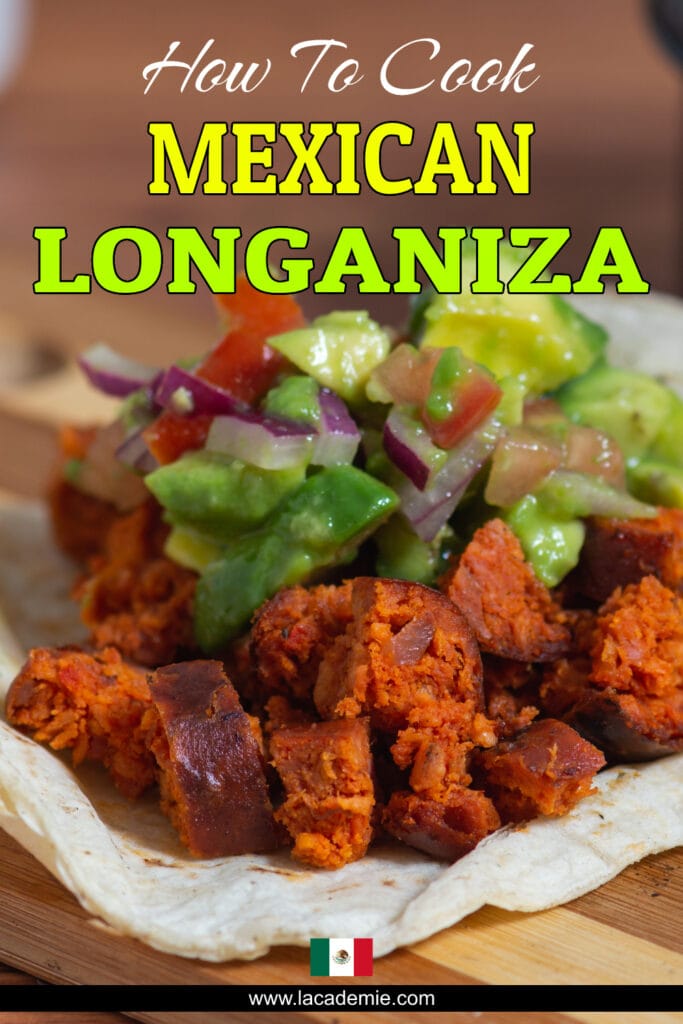
References:
- Exploratorium: the museum of science, art, and human perception. 2021. Science of Candy: Caramelization & Caramels | Exploratorium.
- Wang, H., Chambers, E., and Kan, J., 2018. Sensory Characteristics of Combinations of Phenolic Compounds Potentially Associated with Smoked Aroma in Foods.
- WebMD. 2021. Defrosting Tips.

